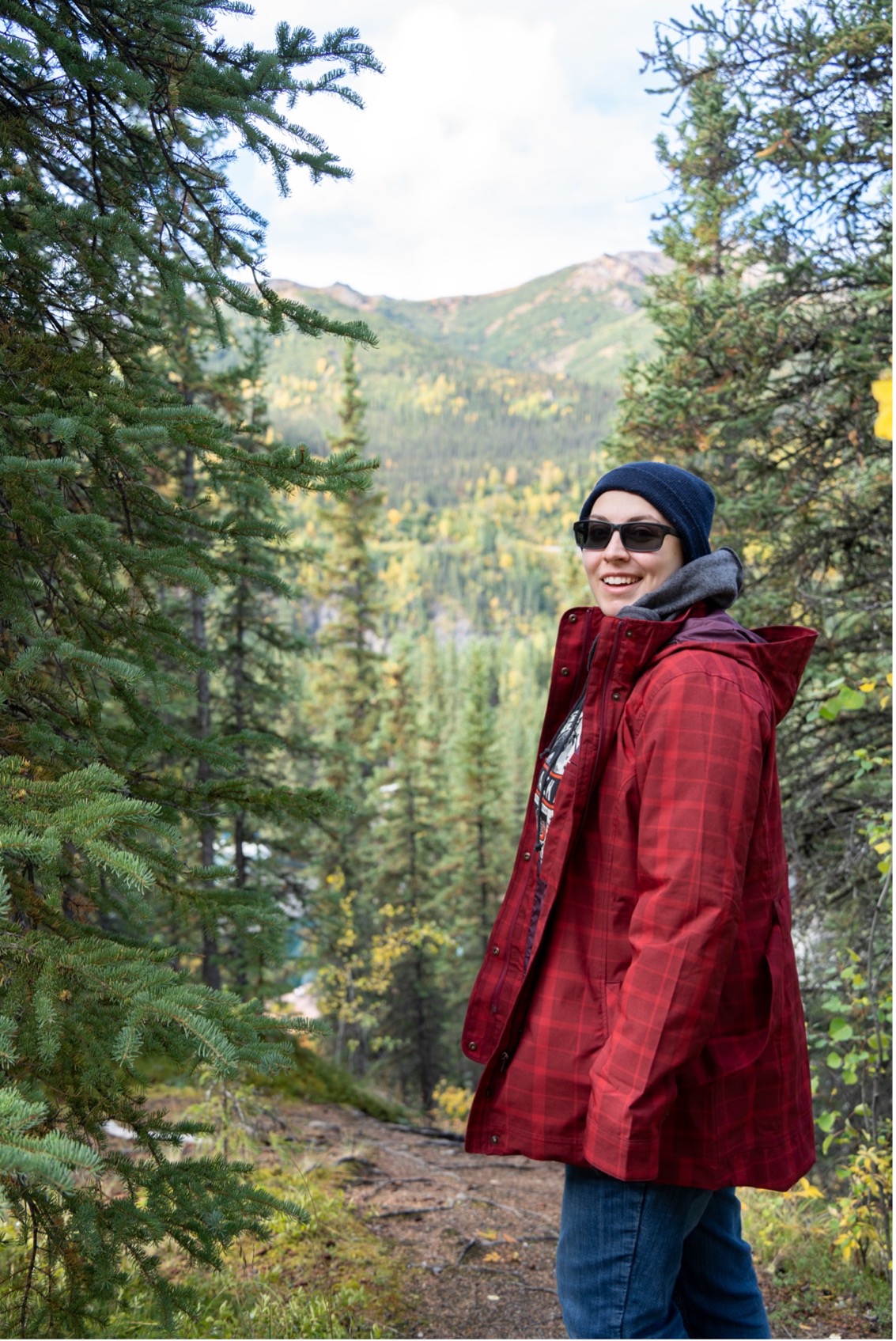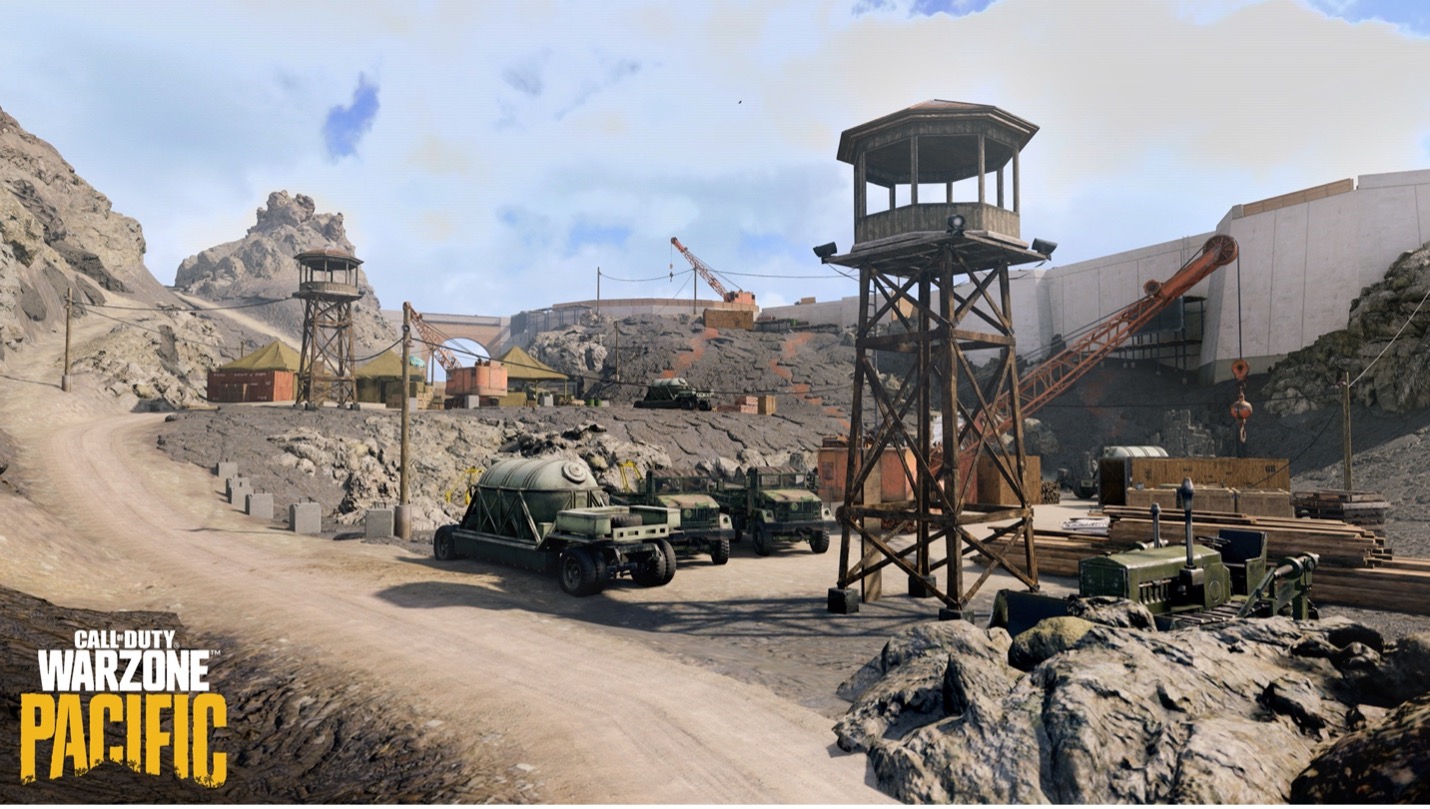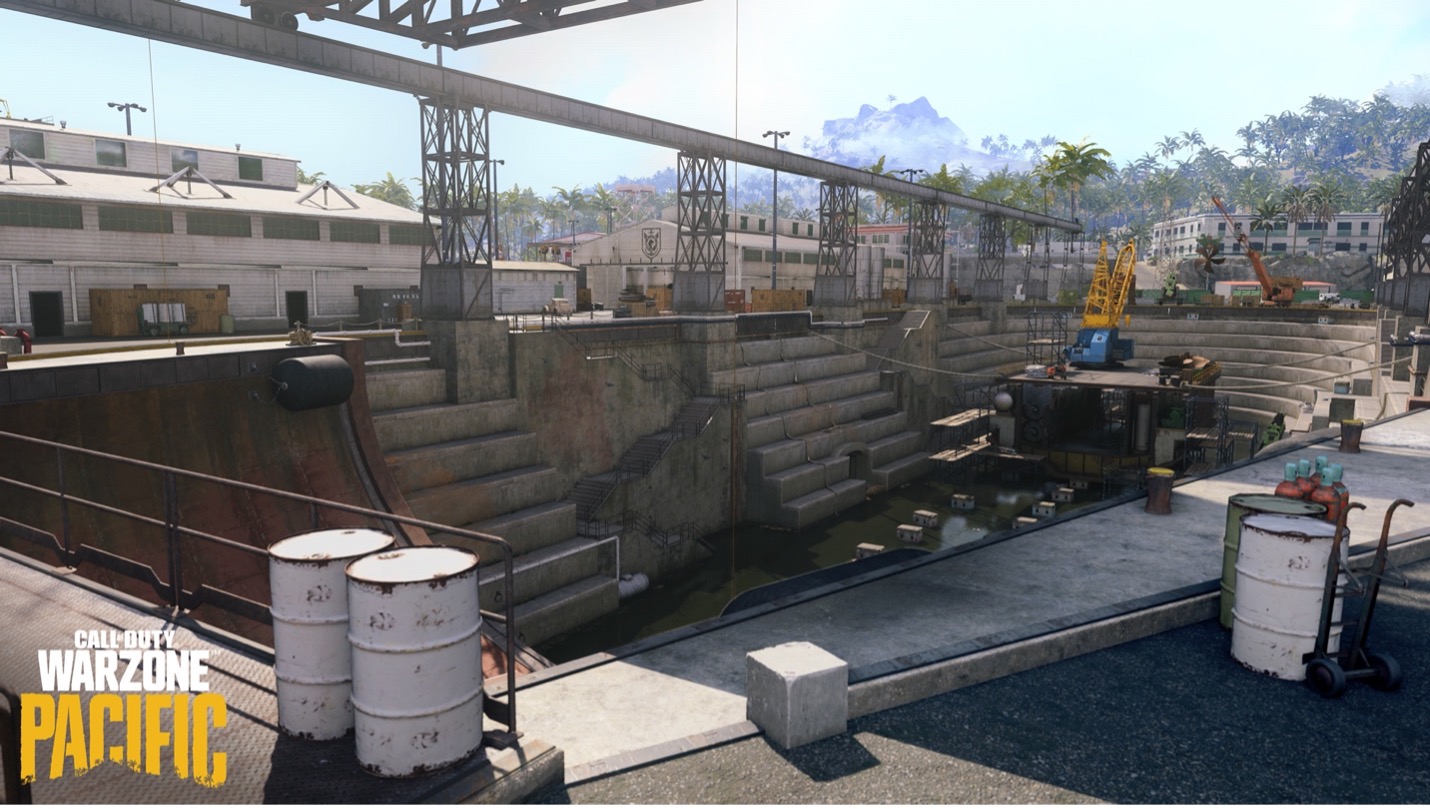The Software License and Service Agreement will be updated. Please follow this link [https://www.activision.com/legal/ap-eula] in order to see these changes.
How Jr. Environment Artist Grace Magnant Went from a Mentorship Program Straight into Warzone
Grace joined Raven Software straight out of college and takes us along the path that has led her from student dreamer into the thick of development on Warzone’s latest map, Caldera.
The long-term health of any game studio requires great talent that can also help spark the next generation of talent behind them. Following our discussion with Senior Lead Artist Mike Button, we now bring you insights from someone in the early phase of their career.
Meet Junior Environment Artist Grace Magnant. Beginning her career at AAA studio Raven Software at the start of the pandemic, she’s navigated the path of training and working remotely while helping to craft one of the franchise’s most ambitious projects to date. And it started during her senior year, with seeds planted by Raven’s mentorship program.

“The problem solving and creative development between teams is awesome to me…in taking something from nothing and bringing it to life.” - Grace Magnant
From the moment Junior Environment Artist Grace Magnant climbed the tallest mountain in Skyrim and took in the breathtaking scenery around her, she knew she wanted to work as an environmental artist. With that focus in mind, she majored in Game Art and Animation at Champlain College, in the process gaining a mentorship with Raven employees during her final year.
The mentorship was clearly a success, and Grace is now fulfilling her dream at Raven Software. “I’ve been at Raven for a year and a half now,” she says, “and Warzone is my first project.”

Raven Software; Middleton, WI
Starting From Scratch
Grace, like many across the studio, has been working remotely since she was hired to the team. She felt fortunate during this period of transition to be coordinating with seasoned colleagues. “It was a lot of screen sharing,” she says. “The team I joined was mostly senior level or above, so everybody knew what they were doing. If I needed anything or had any questions, I could always turn to them for answers.”
They started her on milestone projects. “My lead did a great job of easing me into things,” she says. Early on they provided her with a test map to experiment building various structures and terrain types. “I was learning how to use the engine and build things properly. I worked back and forth with my lead taking ever greater steps. Eventually, I was assigned a corner on a real map.”
Though working remotely, she bonded with her team and enjoyed learning from them and observing how they worked. “It’s interesting to see how other people are working. I might discover someone doing something in a much more efficient way…and then I’ll do that. While developing my own style, I get to see how people organize things differently and how they put everything together.”
It’s All in the Little Details
Caldera isn’t the first large map she’s worked on. “I had designed a construction site at the top of a skyscraper in the middle of Verdansk,” she says, referring to the map that launched with Warzone in 2020. For the new map, she was involved from the start. “It was my first project to really dive in and go through the whole development phase.

Climbing the peak of Caldera’s volcano.
“I worked on the top part of Caldera,” she says, “what we call the falcon’s nest, which is the little fortress at the top. I worked closely with our lead designer to make sure everything was good for gameplay. It was a great conversation between art and design.”
They started with the overall play space. “What are players going through in the entirety of the area? What sightlines are being created by the interior spaces we’re making? The falcon’s nest is a great sniper spot, but is it too good?” This back and forth ensures that when the work begins in earnest, she can focus on what she does best: making it look great.

Grunge and grime at the arsenal.
It takes a lot more effort than you might think. “Players are kind of trained not to look at the little things like debris, or items on the floor, or cups on the walls and books on the shelves. But as an environment artist, you have to make every single one of those things, to make the room feel full. Is there any grunge? Is there any dust?” These details all add up to create an immersive environment that feels lived in and real.
“I tend to go from larger shapes to smaller shapes, to give the scene a basic outline and structure,” she says in relation to her creative process. “I’ll work down from that, adding the medium to small sized props to break up the shape language, and fill out the scene.
“We grabbed a bunch of references to make sure we would hit the level of quality that Raven likes to bring,” she says. “Then we just went for it and built as much as we could.”
Planting the Seeds
Shortly after being hired to Raven, Grace found herself back on school grounds, this time as a mentor prepared to assist students, like she was mentored not long ago.
“At first, I thought no way, I’m right out of college. But it’s also nice seeing someone in a position who was just in your seat, right? If you can help a student grow and provide feedback, it’s a huge thing. I was in those shoes not long ago and look at how much I’ve grown and all the things I’ve learned. I can now pass that back.”
What does she like most about working at Raven? “With the way things are…we can’t really sit down and talk with each other over lunch and things like that, though the people I’ve encountered are awesome. They really understand that collaboration is a team effort. There’s great comradery because we all want this to be the best that it can be.”
